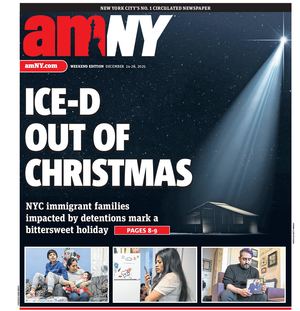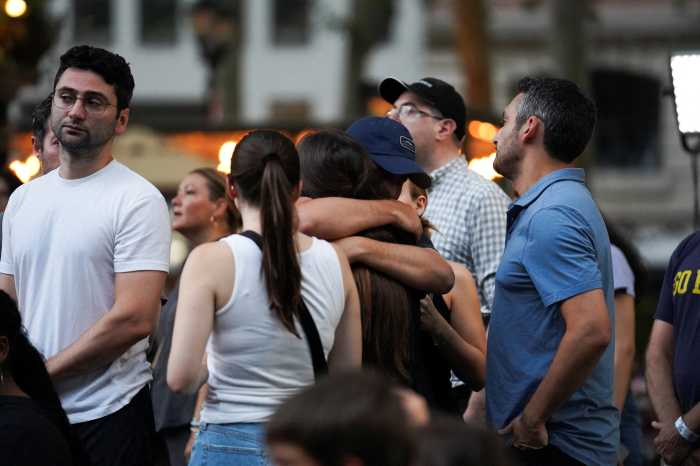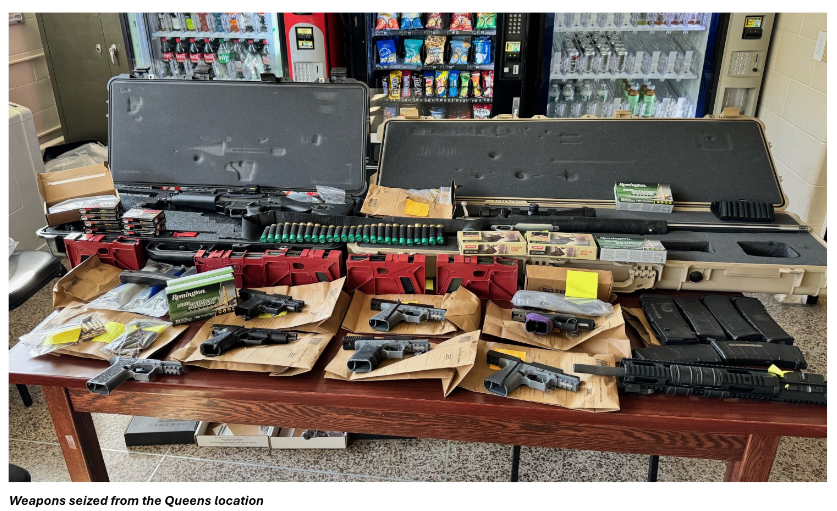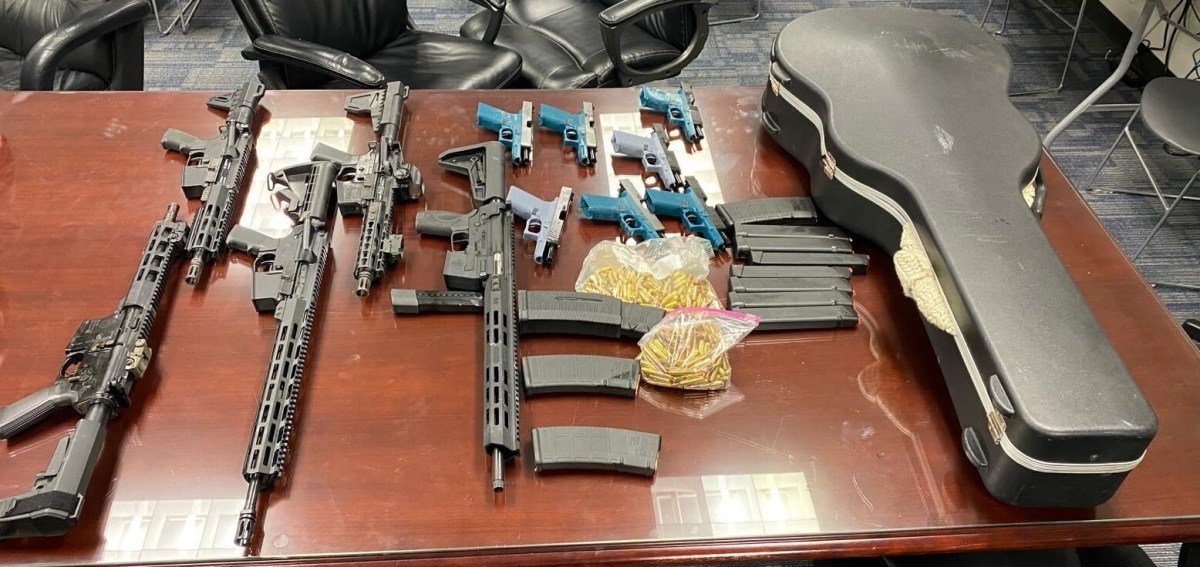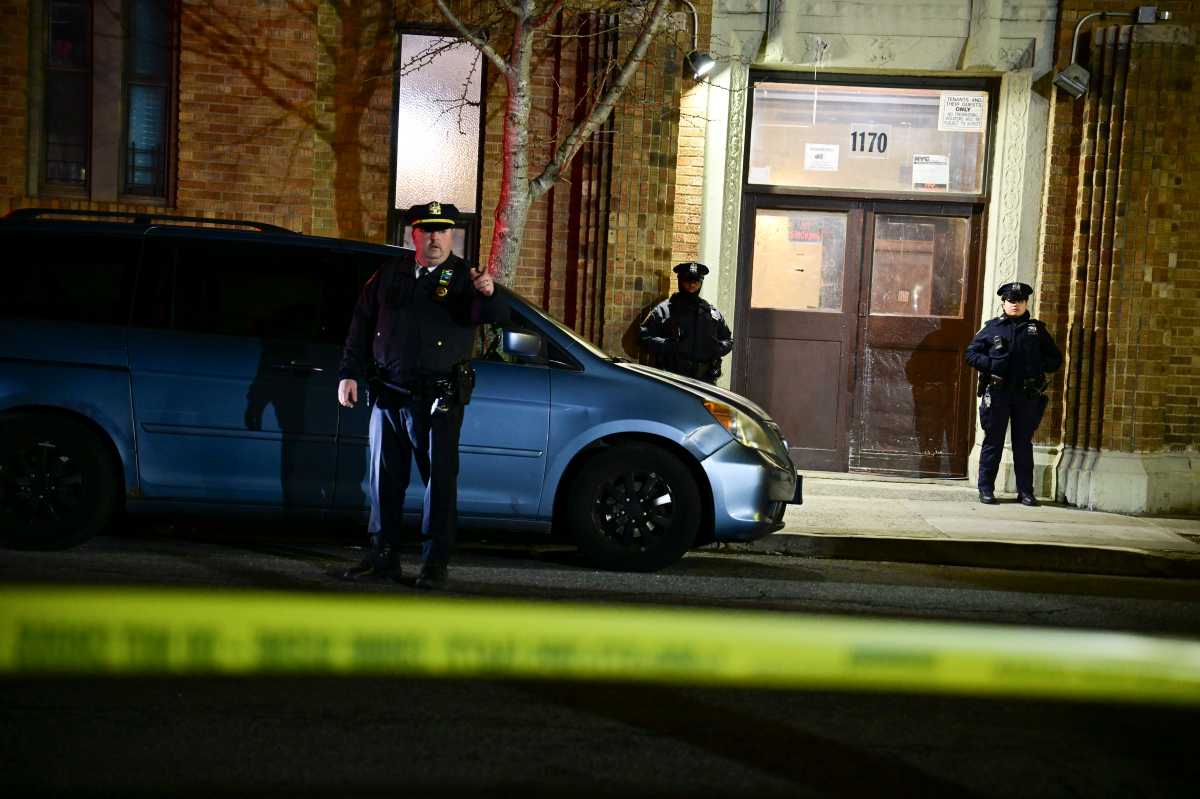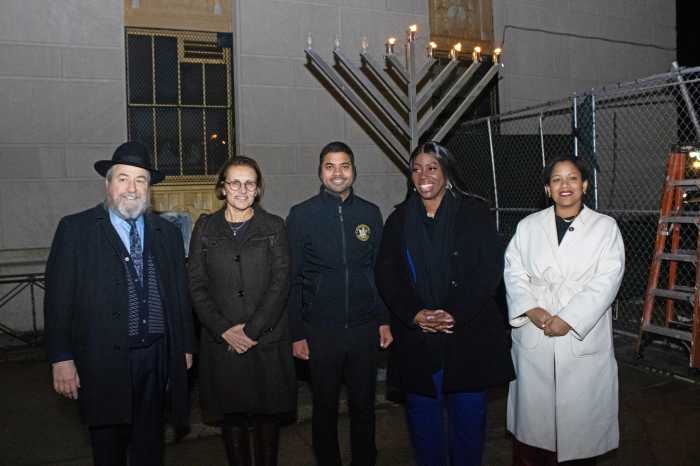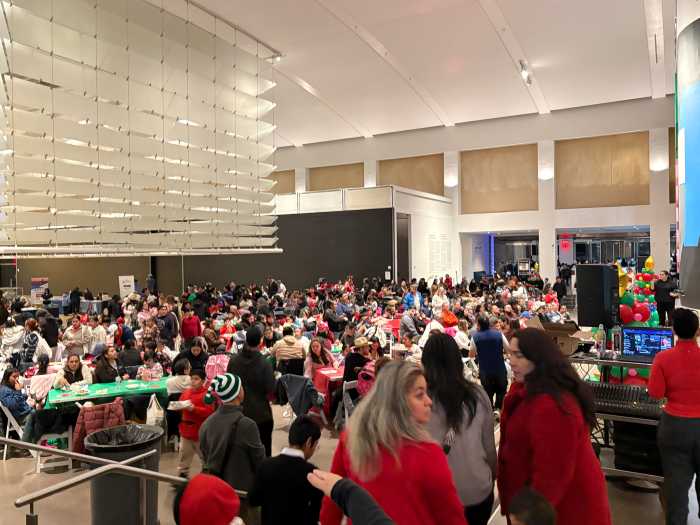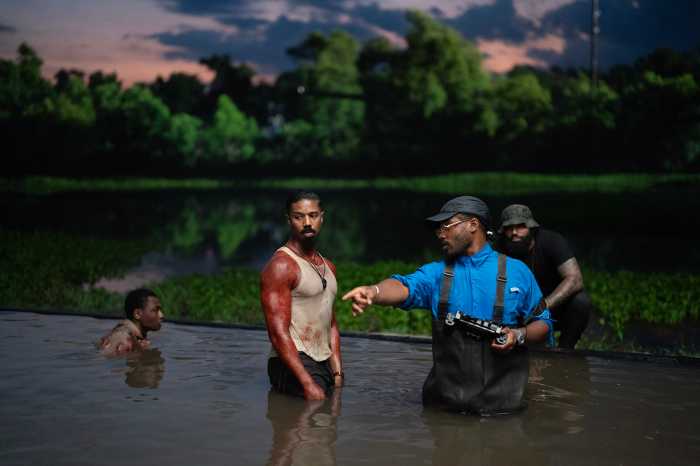As New York City grapples with the mass shooting in Midtown Manhattan on Monday, gun policy experts and advocates renewed calls for national legislation restricting gun ownership.
The shooter, Shane Tamura, traveled from Nevada with an AR-15-style assault weapon — a common weapon for mass shootings — and killed four people, according to the NYPD. Tamura assembled the weapon using a lower receiver bought by an associate, Police Commissioner Jessica Tisch said Tuesday.
While New York bans assault rifles and has strict requirements for concealed carry permits, Nevada does not, according to gun control organization Everytown. Gun control advocates have long pointed out that large discrepancies between state laws minimize the benefits of local regulations.
Gov. Kathy Hochul (D) said in a statement that the shooting was a “horrific act of violence” that demonstrates the need for a nationwide ban on assault rifles.
“New York has some of the strongest gun laws in the nation,” Hochul wrote. “But our laws only go so far when an AR-15 can be obtained in a state with weak gun laws and brought into New York to commit mass murder.”
Such sales are legal in Nevada, which does not regulate gun sales or confiscate weapons from violent offenders, according to the Giffords Law Center, a gun control group.
Despite Tamura’s “documented mental health history,” he was able to obtain a firearm legally in June because he possessed a concealed carry license, Tisch said.
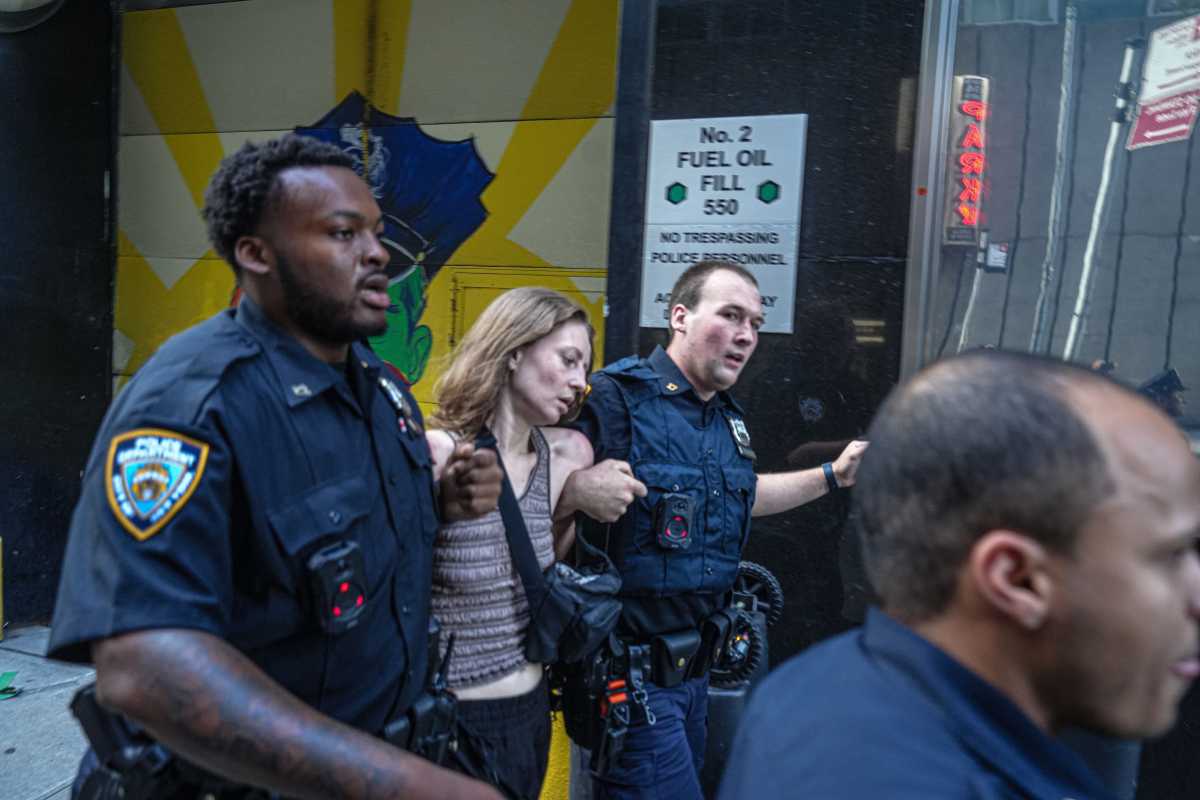
Nick Sulpina, senior vice president for law and policy, said the shooting demonstrates how any state allowing individuals to purchase assault weapons puts the entire country at risk.
“What we saw in Midtown yesterday is what an individual is capable of when they have an assault weapon,” Sulpina told amNewYork on Tuesday. “They can get into a heavily protected New York City skyscraper, which is another way of saying, ‘Is there really a building in America that’s safe when we allow assault weapons to be purchased by civilians?’”
The tragedy in Midtown is a familiar story for many gun violence experts: an assault weapon that is banned in one state, such as New York or California, ends up there anyway because of lax legislation elsewhere, potentially causing a mass shooting like the one on Monday.
The cycle presents a problem for state lawmakers looking to toughen gun laws when other states’ policies neutralize their efforts.
“We are only as safe as the states with the weakest gun laws because we have no strong federal gun safety policy in place,” Suplina said. “Because other states have failed to act, we, in New York right now, are paying a dear price.”
While Nevada, along with 21 other states, has “red flag” laws that allow relatives and law enforcement officers to petition a court to temporarily seize firearms from anyone who might be a risk, police officers in Nevada are less likely to take that step, according to a March investigation by The Nevada Independent.
Sulpina said New York has done “everything it can” to prevent gun violence, including gun control legislation, strong law enforcement, and investments in community violence intervention programs.
“Unfortunately, New York’s fight is a fight that has to happen as much outside of the state as inside,” Sulpina said.
A recurring debate
New York’s gun violence death rate is just over one-third of the national average, the fifth-lowest rate in the country, according to a recent report from Johns Hopkins University’s Center for Gun Violence Solutions (CGVS).
Joshua Horwitz, co-executive director of CGVS, said New York’s local gun laws have saved lives, and more attention should be paid to Nevada’s lack of regulations.
“Let’s remember New York has invested heavily, and it has paid off,” Horwitz told amNewYork. “Nevada has a lot of work to do.”
Many gun-rights advocates point to mental health issues, arguing people, not guns, are to blame. Sen John Kennedy (R-LA) said gun control laws would not make people safer, instead suggesting stop-and-frisk, a controversial policing tactic ruled unconstitutional in 2013.
Mental illness on its own only leads to around 4% of violence, Horwitz said, which is why CGVS focuses on addressing violent behavior from a “multi-factorial” profile. In Tamura’s case, his possible brain disease could have factored into that risk analysis, Horwitz added.
“If Tamura had a history of violent behavior, an extreme risk protection order would have been an appropriate remedy,” Horwitz said.
Sulpina said Kennedy’s remarks ignore that mass shootings require firearms, reaffirming the importance of gun control policies.
“It is nothing short of dereliction of duty to make light of the fact that, along with a mental health problem, we have a gun policy problem in this country, and we are putting guns in the hands of people that shouldn’t have them,” Sulpina said. “Cavalier comments like that just show a commitment to doing nothing, which is not what his constituents want, and it’s not what Americans need.”
The New York State Rifle and Pistol Association, the state affiliate of the National Rifle Association, did not respond to a request for comment.
Richard Aborn, president of the non-partisan Citizens Crime Commission of NYC, said violence prevention policy must tackle firearms alongside mental health.
“It’s the combination of mental illness and high-powered weaponry that is so lethal, and we are a nation that’s capable of addressing both,” Aborn told amNewYork. “So let’s stop making this unnecessary, ridiculous choice about addressing one or the other when we know full well both are causative factors.”
“We actually have the power to stop these weapons,” Aborn added.
New York has long seen the impact of out-of-state firearms, often funneled through the so-called “iron pipeline,” where guns come from states with looser restrictions on firearms. Federal law does not prohibit traveling across state lines with a firearm, though individuals are required to follow state laws.
In 2016, the state attorney general’s office found that three out of every four seized firearms came from another state, half of which were states in the iron pipeline.
Meanwhile, New Jersey, which has similarly stringent gun laws to New York, contributed less than 1% of trafficked weapons despite sharing a border.
“Our analysis of the data shows these states deserve their anecdotal nickname,” the attorney general’s office wrote at the time.
Aborn said the Midtown shooting is the latest example of why gun regulations must remain front-of-mind even as mass killings become more common.
“We are not helpless to act. There are many things we can do to drive down these shootings besides throwing up our hands in despair and saying, ‘Well, it’s America,’” Aborn said. “It’s not America. This is not the good part of America. This is the bad part of America. We need to get our hands around these weapons and get these weapons off the streets.”
